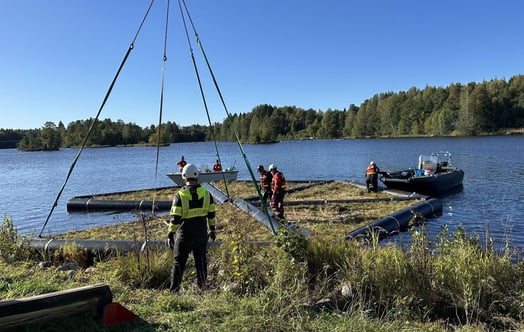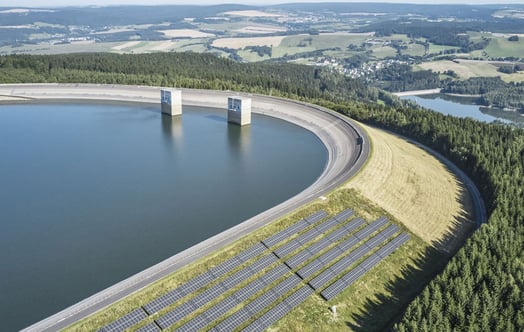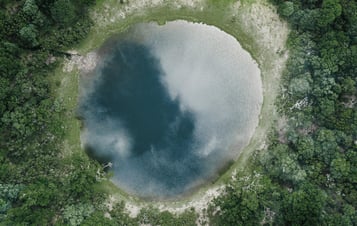Hydro power
Hydro power plays an important role both in Vattenfall's production and in the European energy system.
Over the next 20 years, all Swedish hydro power will undergo an environmental review and be equipped to meet modern environmental conditions. Ahead of this review, many of the initiatives we've been working on to reduce the impact of hydro power on ecosystems and biodiversity will be important, while minimising the impact on electricity generation.
Flexible hydro power is key in an energy system that increasingly consists of wind and solar power. Vattenfall has a century-long tradition of hydro power and continues to hold a leading position hydro power development in Sweden. Hydro power is one of our most important areas, and we are open to the growth opportunities that exist in Europe. We are also working on four expansion projects at existing power stations in Sweden: Juktan, Harsprånget, Messaure and Porjus.
Our hydro power operations
We own and operate around 100 hydro power plants, most of which are located in Sweden and some in Finland, Germany and the Netherlands. Hydro power accounts for a large share of Vattenfall's total electricity generation and is one of the most important renewable energy sources – both in Vattenfall's production and in the European energy system.
Interconnectors are vital for the energy transition
Interconnecting Nordic hydro power with neighbouring systems, such as wind and solar, will offer flexible cross-border capacity, provide security of supply, improve market stability and enable the renewable agenda. Importantly, it is an excellent solution for coping with higher volumes of intermittent renewable generation in both Germany and the UK. In times of low renewable production on the continent and in the UK, Nordic hydro production can be exported and thereby reduce dependence on flexible fossil fuels in these markets. In times of excess generation by continental and UK renewables, the flow can be reversed using their production in the Nordic market to remedy overcapacity situations.
Hydro – a balancing power
Hydro power can be used to generate both baseload power (the amount of electricity that is always needed) and balancing power (electricity output that can be started quickly to meet variations in demand).
One problem with electricity is that it cannot be stored to any great extent. Water, on the other hand, can be. Water reservoirs next to hydro power plants act as large ‘batteries’. Energy can be stored during times of the year when water inflow is high and electricity demand is low, and the energy can then be used when demand is highest.
Flexible hydro power and its huge reservoirs can act as a giant battery both for the Nordic region and internationally. The Nordic reservoirs hold half of Europe's total stored water volumes and can therefore offer unprecedented flexibility over any period of time – from seconds to months – as well as providing grid stabilisation in the Nordic region.

Our power plants
Find out more about Vattenfall’s power plants and facts about how much electricity we are producing.
Hydro power and the environment
Hydroelectric power produces virtually no emissions that have an impact on the climate or the environment throughout its production phase. However, there are emissions related to the building and maintaining of power plants. In order to keep track of these, Vattenfall has carried out Life Cycle Assessments (LCAs) for more than 20 years. These LCAs have been refined over the years and we can now offer our customers a more detailed analysis of our environmental impact in the form of an Environmental Product Declaration (EPD).
We are undertaking a great number of initiatives to reduce the negative effects of hydro power on ecosystems and biodiversity, with the aim of maximising ecological benefit while minimising the impact on electricity production. Among the activities are research studies of downstream migration of fish at our research facility in Älvkarleby in Sweden, measures to improve migration of salmon and sea trout at Stornorrfors hydro power station, and development of new ways to attract fish to the fish passages, ensuring efficient pathways.
Vattenfall has developed a hydrocarbon concrete with less cement content that can reduce carbon dioxide emissions by about 25 percent. The new concrete is currently being used in the construction of a completely new dam at Lilla Edet on the Göta River.
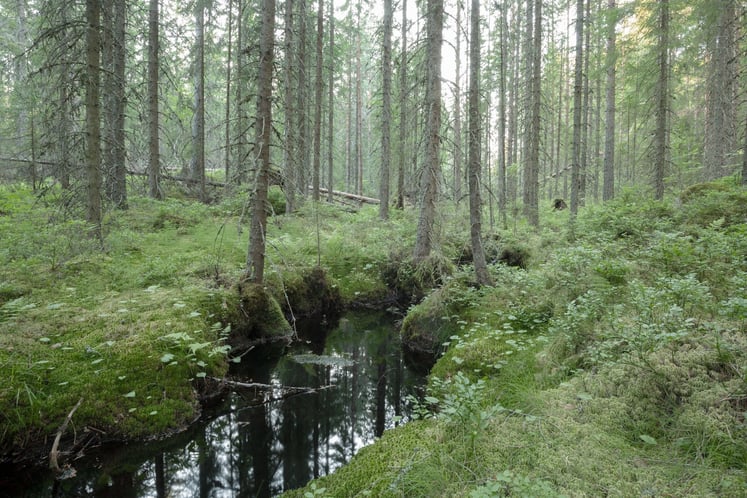
Environmental Product Declaration
We carry out an EPD to assess the impact of projects.
Future hydro operations
New hydro power plants are unlikely to be built in Sweden, but the capacity of existing units can be increased. Vattenfall is one of Europe's largest hydro power operators. With strengthened flexibility, investments in new technology and targeted environmental measures, our hydro power plants maintain their role as cornerstones in a Nordic and European energy system where the share of renewable energy is continuously increasing.
News and press releases
Related content

Renewable energy, like wind power, is the key to reducing global CO2 emissions.
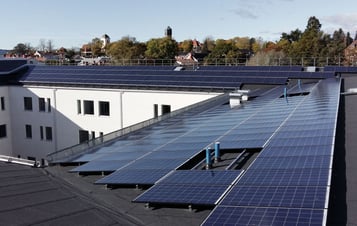
Solar power is essential in a sustainable and fossil free energy system.

Biomass is a renewable energy source and can be used to produce both heat and electricity.


